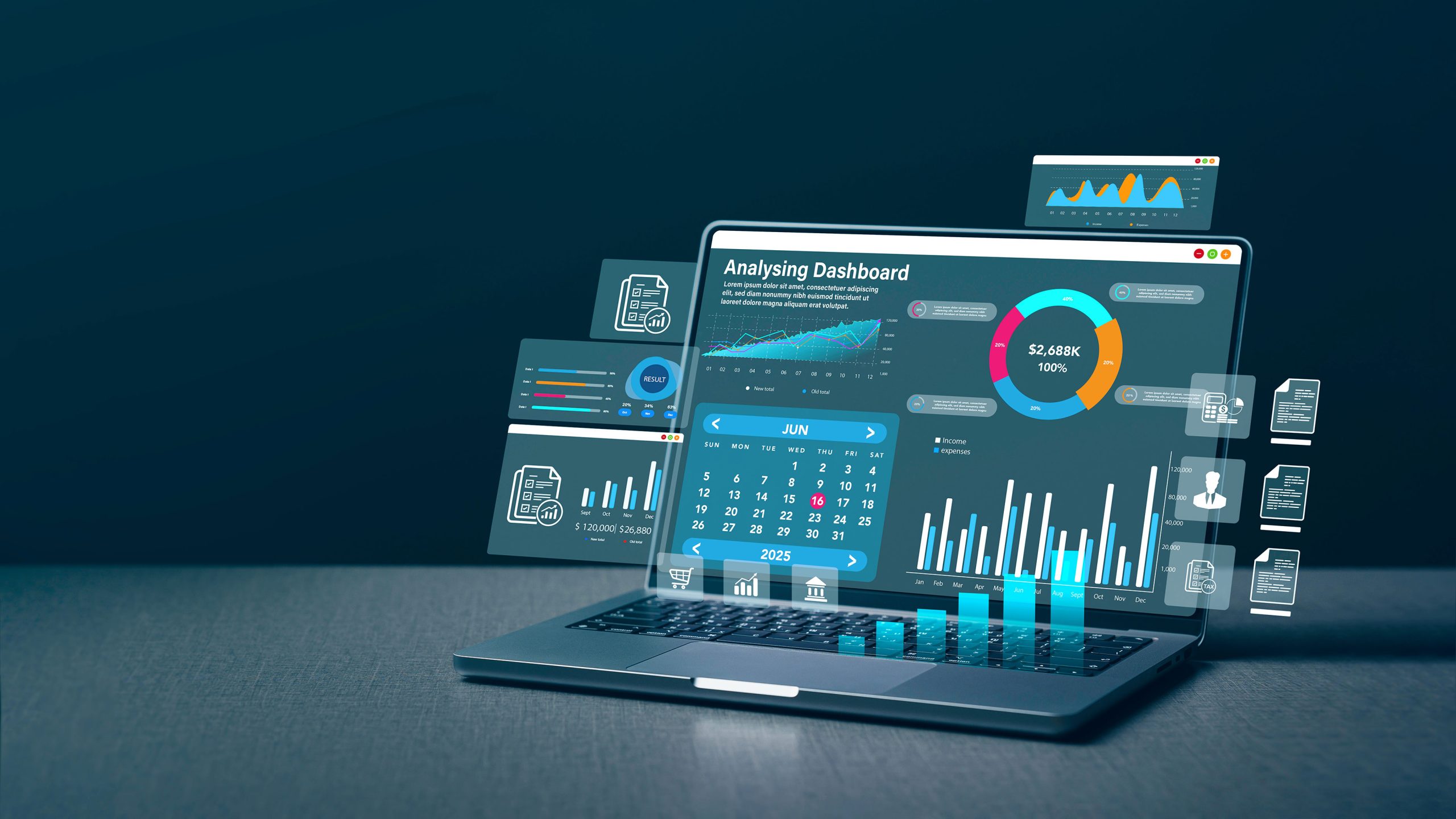In today’s rapidly evolving digital landscape, small businesses have unprecedented opportunities to compete with larger corporations through strategic digital marketing. As a marketing professional working closely with local businesses, I’ve witnessed firsthand how these vital community members have transformed their operations and customer reach through accessible digital tools.
Why Digital Marketing Matters More Than Ever
For small businesses—the backbone of our economy—2025 has brought both challenges and opportunities. With consumers spending an average of 7.5 hours daily online, digital visibility isn’t just advantageous—it’s essential. The businesses thriving today are those embracing targeted digital strategies that maximize limited marketing budgets.
AI-Driven Marketing: The Game Changer for Small Businesses
Predictive Customer Analytics: Today’s AI tools can analyze past purchasing patterns to predict future buying behavior, helping small businesses anticipate inventory needs and create timely promotions that truly resonate.
AI-Powered Content Creation: Small business owners can now leverage AI assistants to draft compelling social media posts, blog articles, and email campaigns—reducing the time and resources needed for quality content production.
Dynamic Pricing Optimization: AI algorithms can continuously analyze market conditions, competitor pricing, and customer demand to suggest optimal pricing strategies, helping small businesses maximize profitability without complex market research.
Conversational Marketing: Advanced AI chatbots now handle customer inquiries with remarkable human-like interactions, providing 24/7 customer service without the overhead of additional staff.
Automated Personalization: Even the smallest businesses can implement AI tools that analyze customer data to deliver highly personalized experiences—from tailored email campaigns to customized website experiences based on visitor behavior.
Accessible Implementation
Remember, effective digital marketing isn’t about having the biggest budget—it’s about smart targeting, authentic storytelling, and consistent community engagement. By embracing these AI-powered tools, even the smallest local businesses can establish meaningful digital connections with customers.
Small businesses are vital to our communities, and by harnessing these accessible digital marketing technologies, they can not only survive but thrive in the digital economy of 2025 and beyond.



